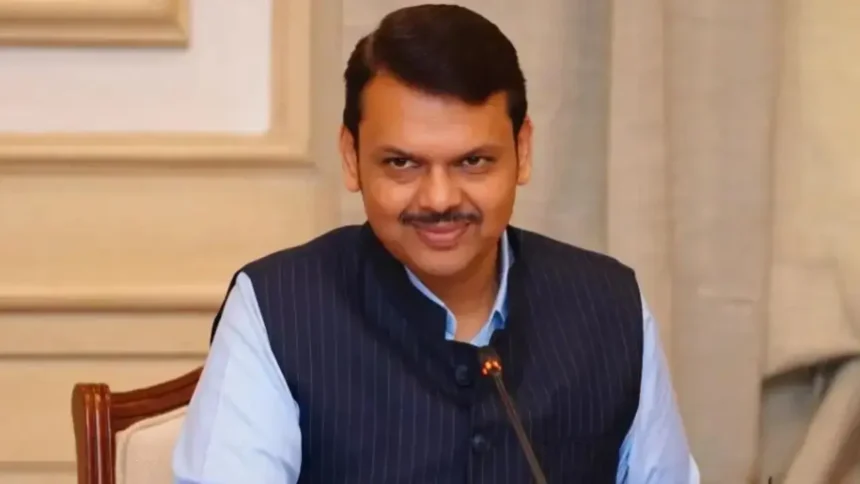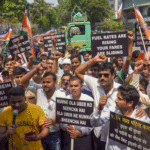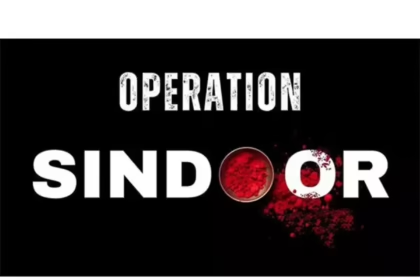Maharashtra Monsoon Session 2025: CM Fadnavis Vows to Transform Mumbai into a Modern, Inclusive City
Opening Address and Vision Statement
Mumbai, July 18, 2025 — In a landmark address at the Maharashtra Monsoon Session 2025, Chief Minister Devendra Fadnavis laid out an ambitious and resolute roadmap for transforming Mumbai into a modern, inclusive, and globally competitive metropolis. Speaking in the state assembly, Fadnavis articulated his administration’s dedication to urban renewal, emphasizing structural modernization, social equity, economic resilience, and sustainable development as the foundational pillars of this transformation.
“Our vision for Mumbai is rooted in progress, inclusivity, and sustainability,” Fadnavis declared. “We are not merely building roads and bridges—we are rebuilding aspirations, reclaiming public spaces, and redefining the urban experience for every Mumbaikar, regardless of their socio-economic background.”
The Chief Minister’s statement echoed through the legislative halls as legislators across party lines acknowledged the urgency of revamping India’s financial capital, especially in the wake of recent infrastructural strain, monsoonal disruptions, and population pressures. Fadnavis framed the transformation not just as a policy priority but as a moral and civic obligation to future generations.
Infrastructure Overhaul and Urban Transport Upgrades
At the heart of the Chief Minister’s plan lies a comprehensive overhaul of Mumbai’s infrastructure. The Mumbai Trans Harbour Link (MTHL), Metro Line expansions, and Coastal Road project are all slated for expedited timelines and extended phases. The city’s public transport network—once iconic but now overburdened—is receiving significant investment, with an aim to transition from congestion to connectivity.
“By 2028, over 300 km of metro lines will crisscross Mumbai, reducing vehicular traffic by 35% and improving air quality indices,” Fadnavis noted. He underscored the significance of intermodal integration—seamlessly connecting suburban rail, metro, bus rapid transit, and water transport under a unified mobility card system.
In addition, the Brihanmumbai Municipal Corporation (BMC), under state guidance, is upgrading roads with smart traffic systems, building more skywalks and pedestrian pathways, and implementing flood-mitigation technologies such as underground stormwater tunnels and urban water retention parks.
Housing, Urban Equity, and Inclusive Development
One of the defining challenges of Mumbai’s urban narrative has been the dichotomy between high-rise affluence and slum sprawl. Fadnavis has made it clear that addressing housing inequality is not a side concern but central to the city’s inclusive vision. Under the revamped Slum Rehabilitation Authority (SRA) framework, the state government has pledged to rehabilitate over 15 lakh slum dwellers by 2030—an effort unprecedented in scale.
“We don’t just want to build homes; we want to build neighbourhoods,” the CM stated. Accordingly, all new housing units will be integrated with schools, health clinics, transport nodes, and green spaces. Public-private collaborations will be incentivized through fast-tracked clearances, while developers will be mandated to maintain affordability and quality benchmarks.
In addition, the government is exploring co-living models and rental housing schemes for migrants, students, and low-income families. These are being designed to cater to Mumbai’s fluid, ever-expanding population while curbing informal settlements that strain civic resources.
A major reform proposed is the digitization of land and tenancy records, aimed at eliminating ownership disputes and bringing transparency to property transactions. The Maharashtra Real Estate Regulatory Authority (MahaRERA) will play a critical oversight role, ensuring that builders are held accountable for delivery timelines and construction quality.
Furthering urban equity, Fadnavis announced the expansion of the “Mumbai Janata Quarters” initiative—a low-cost housing scheme targeting essential workers including municipal staff, teachers, nurses, and police personnel. “Our city can only function if those who serve it can afford to live in it,” he remarked.
As part of this inclusive housing thrust, environmental clearances are being streamlined to prevent bureaucratic delays while ensuring compliance with sustainability standards. The administration is working closely with urban design experts to maintain architectural integrity and prevent the vertical slum phenomenon that has plagued many previous rehab efforts.








